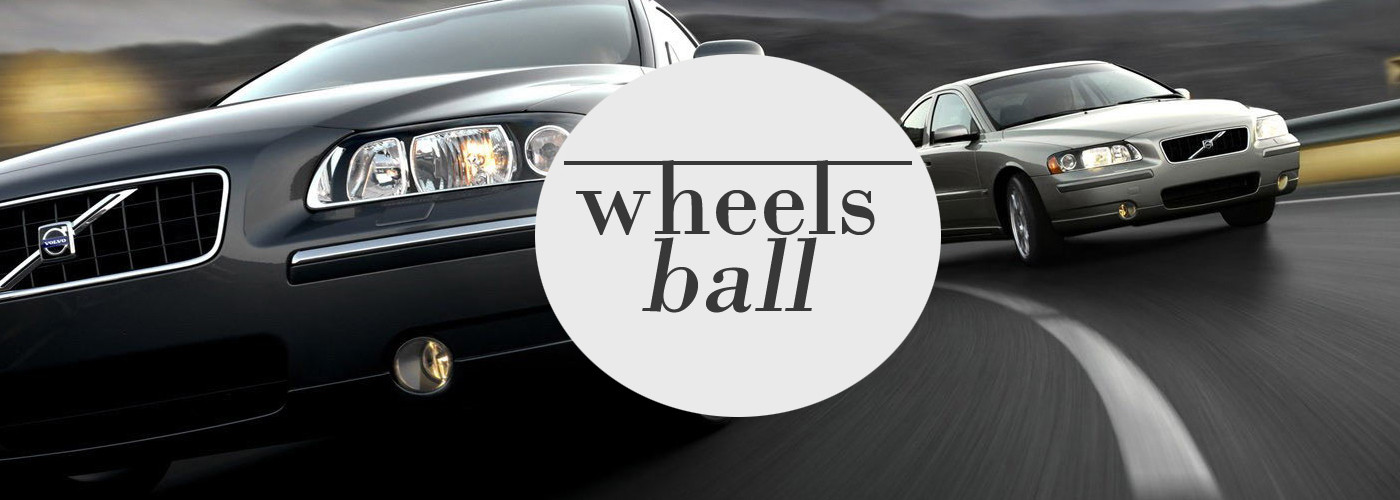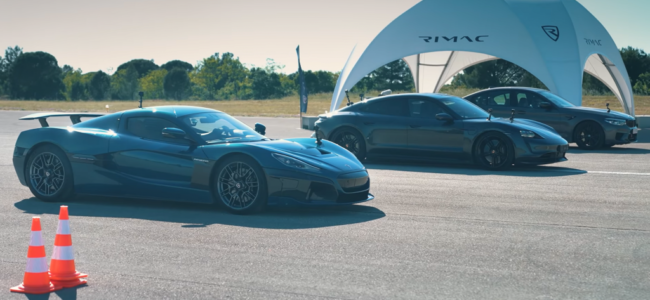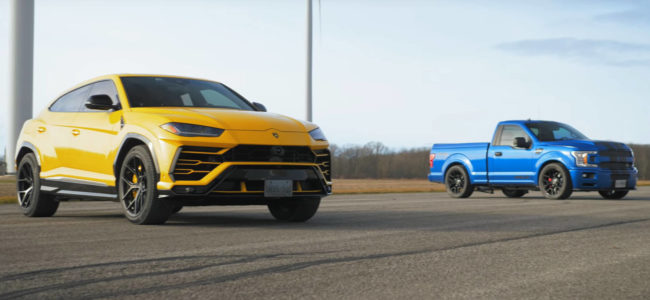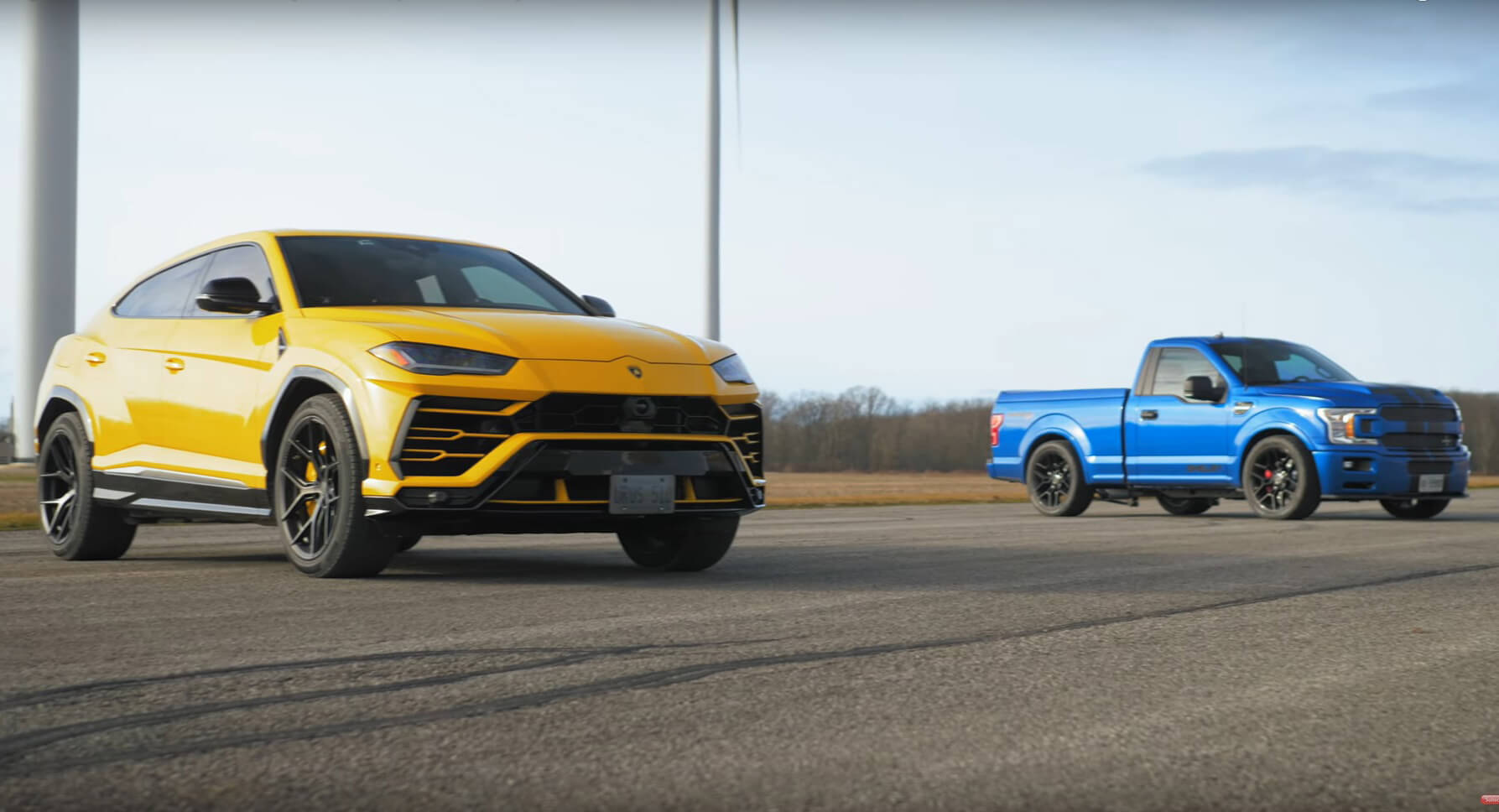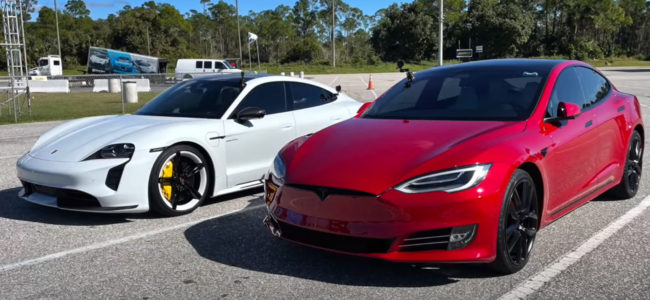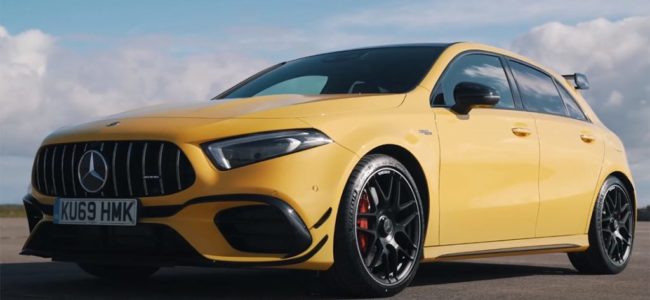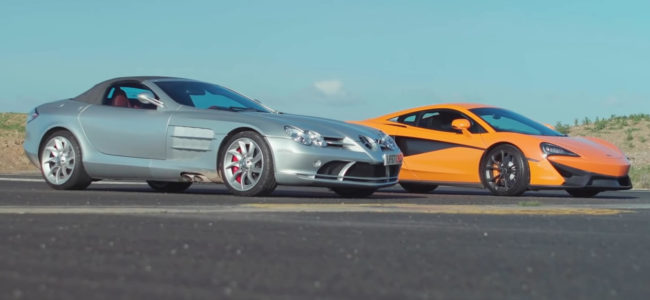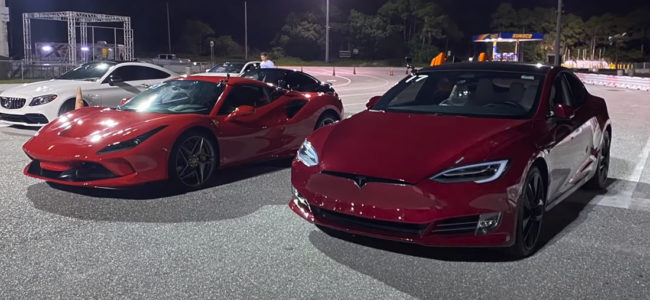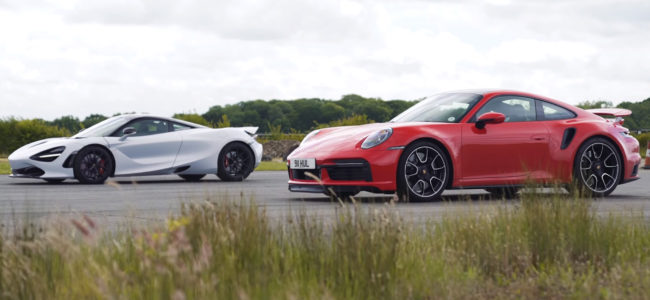
Rimac’s electric Nevera hypercar has become the new king of drag races. It was able to wipe the floor with the Ferrari SF90, one of the fastest performance road cars you can buy today, but how does it fare against more “average” cars like the Porsche Taycan Turbo S and BMW M5 Competition? Carwow finds out in their latest video, which sees the three pitted against each other in a series of races.
It’s worth noting that while nowhere near as powerful as the SF90, neither the M5 nor the Taycan are slow by any means. The M5 has a twin-turbo 4.0-liter V8 making 617 hp (626 PS / 460 kW) and 553 lb-ft (750 Nm) of torque, allowing for a 3.1 seconds 0-62 mph (0-100 km/h) time and a 189 mph (304 km/h) top speed. Upping the ante a bit, the Taycan has two electric motors making 751 hp (761 PS / 560 kW) and 774 lb-ft (1,049 Nm) of torque on overboost, for a 0-62 mph (0-100 km/h) time of 2.8 seconds and a top speed of 162 mph (261 km/h).
That being said, the Nevera makes 1,914 hp (1,941 PS / 1,427 kW) and 1,741 lb-ft (2,360 Nm) from its four electric motors, enabling a 1.85 second 0-60 mph (0-97 km/h) time and a 258 mph (415 km/h) top speed. To get a sense for how impressive that is, it has more power and torque than the Taycan and the M5 combined.
Moving on to the drag race, the Taycan was actually able to keep up with the Nevera at the launch, but after that, the Nevera just kept pulling and finished about 10 car lengths ahead of its closest competition. And that just goes to show how important that electric torque is, as even the Taycan was able to finish ahead of the M5 by about three car lengths despite weighing 731 lbs (332 kg) more.
Watch: Sure, Rimac’s Nevera Is Ultra Fast In A Straight Line, But Will It Drift?
In a roll race from 50 km/h (31 mph), the Rimac instantly rocketed ahead, leaving both of the other cars in its dust. They even repeated the race with a 2-second head start for the other cars, yet the Nevera was still able to emerge victorious. It also won in the braking test, albeit by a much smaller margin than the others.
[embedded content]
For GREAT deals on a new or used Toyota check out Mike Kelly Toyota TODAY!
